This website uses cookies so that we can provide you with the best user experience possible. Cookie information is stored in your browser and performs functions such as recognising you when you return to our website and helping our team to understand which sections of the website you find most interesting and useful.

Customer
The customer is an international research institute dedicated to developing computational medicine. The institute’s staff develops advanced computational methods to prevent, diagnose, and assist in treating diseases, meeting the overriding need for efficient, effective, and streamlined health care. The main priority of the activities is to equip clinicians with tools for better patient care and to become Europe’s largest center for computational medicine.
Challenges
This is a very extensive project with development prospects that span multiple years. When we started working on the concept, we focused on learning and describing the general system requirements and decomposing them to a level of detail, allowing us to estimate the PoC (Proof of Concept).
Selecting the project’s methodology was also challenging, as paperwork and strict budgeting required a detailed breakdown of requirements in the analysis phase and a waterfall approach. In contrast, because of the exploratory process of requirements clarification and subsequent system building, a more flexible, agile approach would be where the process of discovering requirements and constraints occurs during the project. Ultimately, we agreed with the client we would work in a hybrid way, combining both models.
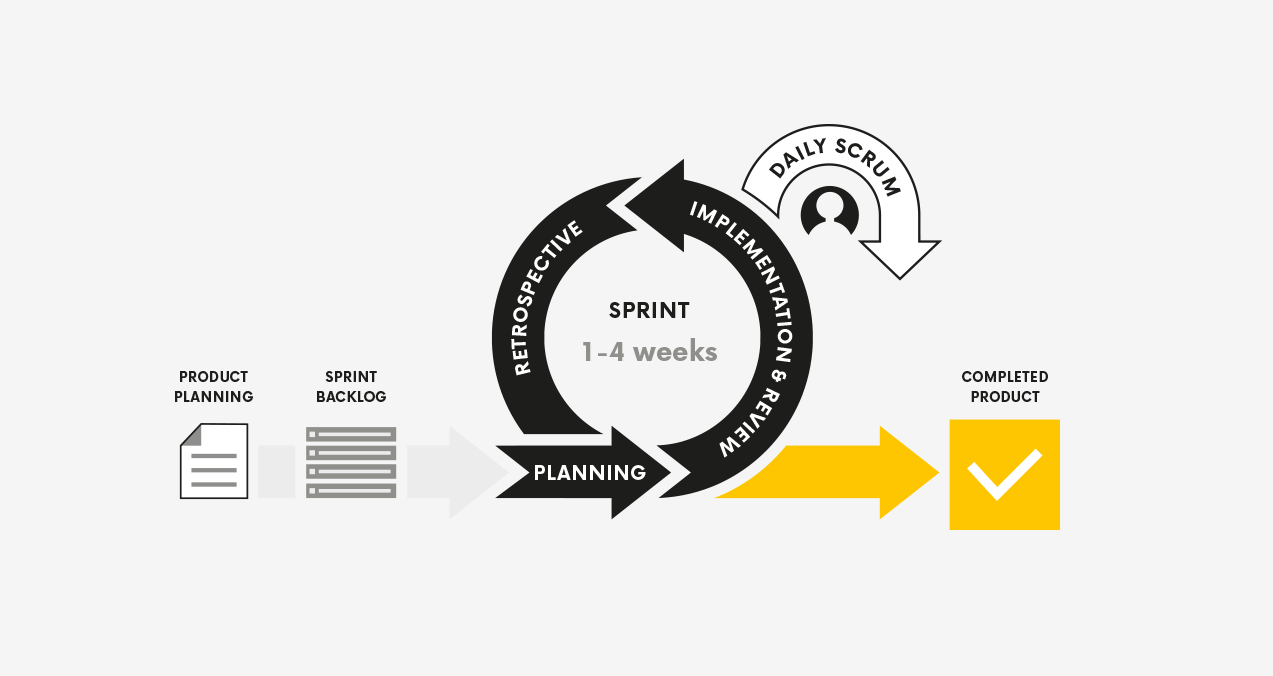
Solution
Development of the functional concept
To initiate the project, we conducted Product Discovery workshops using Design Thinking and Event Storming methods to understand best user requirements and business process flows. Using these techniques, business and technical analysis becomes more complete, resulting in solutions tailored to the client’s real needs.
- In the Design Thinking workshop, we discussed the information gathered with the Client’s stakeholders, emphasizing their perspective. The ability to build an innovative solution that addresses user challenges depends on a thorough understanding of its needs. During this phase, we verified the assumptions derived from the earlier needs analysis to identify key design assumptions and exclusions.
- We also strongly emphasized effectively examining and modeling complex business processes. We used tools to identify key events in the business domain and to help understand how they affect the entire system. This approach enabled us to prepare a preliminary functional concept for the product.
In the following stages, we prepared:
- Three primary overview user interfaces (so-called screen mockups). The starting point was creating a wizard containing various registers’ templates. The client emphasized the application’s front end, making the solution user-friendly, intuitive, and flexible. The target was to create a system configurable by people not involved in software development.
- SWOT analysis of selected technologies to find the most suitable technology stack for the client’s needs. Specifically, the selected technologies should be market-leading solutions that are easy to maintain and scale.
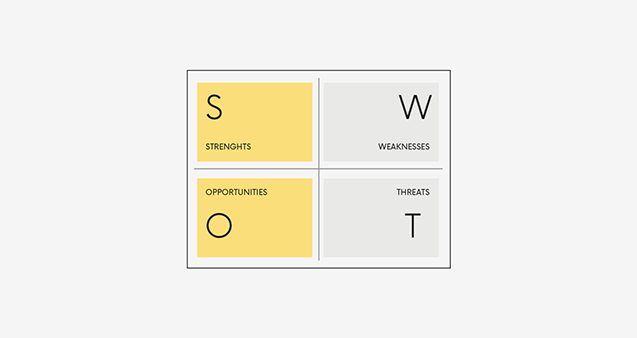
- Analyzing the cloud issue as it will be a large data set collected from various medical entities and beyond. On the other hand, data security issues require that the data remain on the organization’s internal servers at the hospital level. The data will be anonymized at a higher level, nationwide or European.
- A project roadmap containing a description of the project’s scope in the form of a Work Breakdown Structure. We indicated the initial steps to be addressed in the programming phase and dissected the project schedule with milestones in Gantt charts.
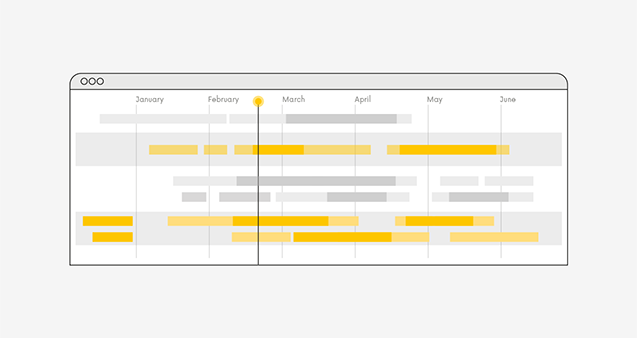
The result of a series of such workshops was to develop and make a consistent glossary of terms, describe the various modules of the system along with the dependencies between them, identify roles and users, isolate functional and non-functional requirements (considering aspects like performance, security, usability or accessibility, among others), and develop a preliminary sketch of the system architecture.
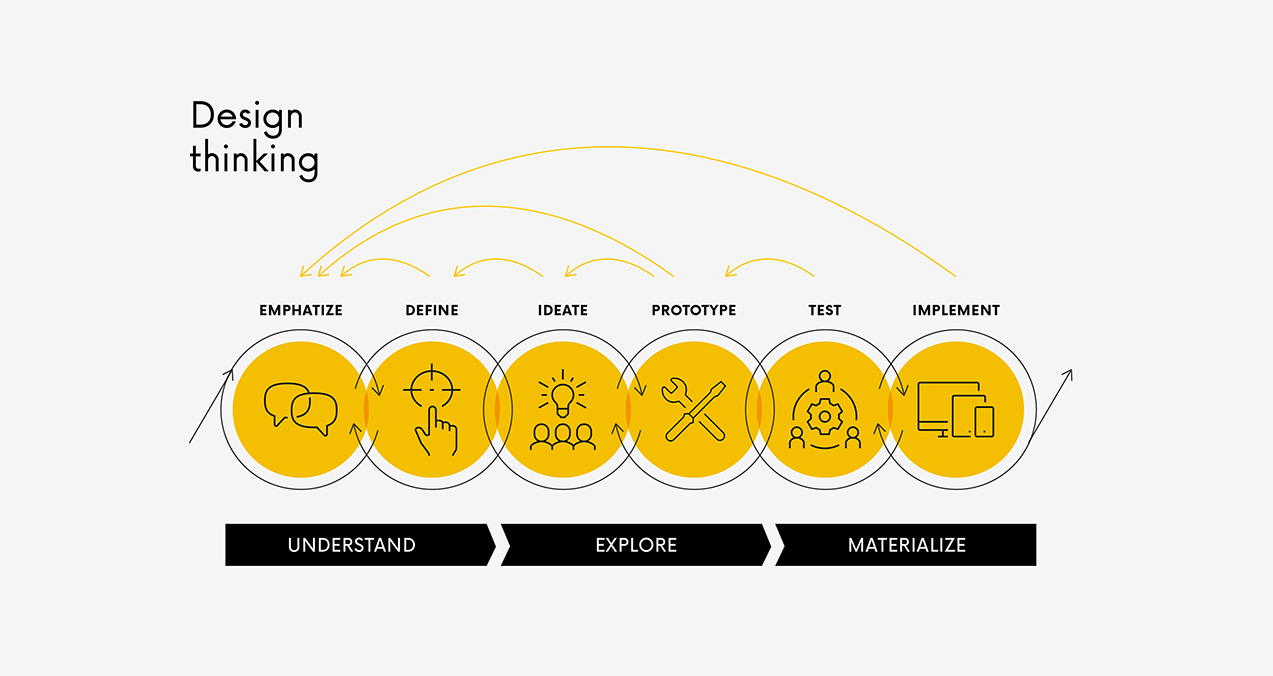
Results of the workshop - what did the client receive?
We prepared full project documentation, including cost estimation of individual system assumptions, a description of functional and non-functional requirements, a risk register, and a project roadmap. The end product was a multi-page, comprehensive document providing a ready basis for starting development work.
Purpose of the project
The project’s main goal is to develop tools to improve the quality of patient treatment using so-called QR quality registries. The starting point for data collection is the development of a wizard allowing the creation of on-demand medical registries to store all information on various patient conditions. This would be applicable when, for example, a medical consortium is assembled that needs to review specific information about a disease, type of treatment, etc. The creation of a tool with the help of the latest technology would impact the development of medicine and faster diagnosis of patients.

Technologies
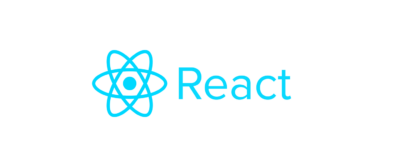

Design, Development, DevOps or Cloud – which team do you need to speed up work on your projects?
Chat with your consultation partners to see if we are a good match.






